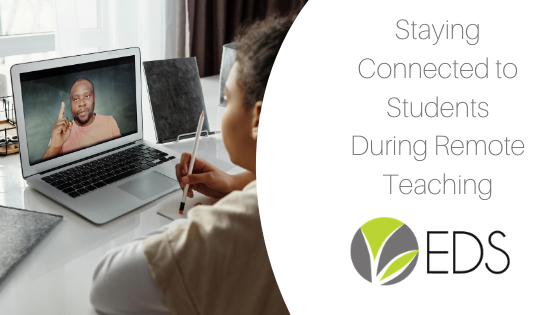Whether we want to admit it or not, social media is a huge part of all of our lives–and that includes our children’s, too. While there are supposed to be age limits on some social media sites, such as Instagram, children below this age can work their way around it by using fake birthdays or a parent’s email. So, as a parent, how can you ensure that your child is being safe online? Let’s explore how we can teach good social media habits.
Educate Yourself First
The first step in teaching good social media habits is knowing which social media accounts your kids may be using and what platforms are out there. There is a large variety of different social media sites out there now, so it’s important to know how they are used, how they work, and the like.
Here’s a list of the different sites and apps your children may use:
- Tumblr
- Snapchat
- Kik
- TikTok
It’s important to note that WhatsApp and Kik are apps specifically for messaging. While other apps have the risk of predators pretending to be minors online to prey on your children, messaging apps can be dangerous because they have more one-on-one private access with children’s messages.
Establish a Plan
If your child is asking to use social media, it’s imperative to start a dialogue and ask them questions (and let them ask you questions back!). Let’s say that your child wants to join Instagram. Ask them why they would like to join Instagram, what they plan to do if something goes wrong, and teach them of the risks of joining Instagram, such as being targeted by predators. Develop a plan together involving different scenarios, let them know what to look out for, and keep an open line of communication.
If your child is unsure about how to approach a situation that makes them feel uncomfortable or upset, remind them to practice good etiquette, and if all else fails: tell someone.
Instagram (and many other apps) can negatively impact someone’s self esteem, so it’s recommended to start the conversation about how people will post things on social media specifically to make themselves look perfect. By doing this, you can help teach your child early on to remember how selective people are with their posts before feeling as if they are not adequate enough. It can be hard to be on social media without having your self esteem affected, but these reminders may help in the long run.
Limit Screen Time
It’s always important to practice taking a break from social media. Many of the social media apps have options to limit screen time within the app, and there are also settings on some phones. Talk with your children to determine a time limit that works best for both of you.
Encourage Privacy
Privacy is important for children on social media. Like screen time, apps like Instagram and Twitter have the ability to make your account private. The classic “don’t befriend strangers” also applies online. Tell your children to never share information publicly or with someone they don’t know.
Teach Accountability
Lastly, it’s important to let your children know that what they say online matters. Many platforms can allow anonymity that makes people feel like their words aren’t connected to them. But practicing good manners and etiquette is especially important online.
Have a conversation with your children about the worst outcomes of what could happen if they engage in cyberbullying. It can be hard to hear, but it’s important that they know that their words have consequences. Teaching your children about the severity of cyberbullying can help encourage kinder behavior as well.
Our Onspire PD3 program can help any parents who want to encourage their children to learn the importance of taking accountability for their actions. The course “Cyber Safety for Parents” is perfect for teaching your children about their behavior online.
Each course is divided into micro-chapters that can be completed over multiple sessions, allowing flexibility to complete lessons over time. Some course chapters are as low as five minutes in length.
Conclusion
Social media has its pros and cons, but having the conversation with your children as early as possible can ensure that they will be safe online. It’s also important to exhibit good social media habits yourself since children tend to follow the behaviors they know.
If you are interested in using additional resources for teaching your children about social media, a documentary on Netflix called “The Social Dilemma” has been a popular resource on the topic. It explores the dangers of social networking and how it has impacted us. If you take the time to watch it, especially with your children, we’d love to hear your thoughts and how you handled the discussion with your teens in the comments below.











